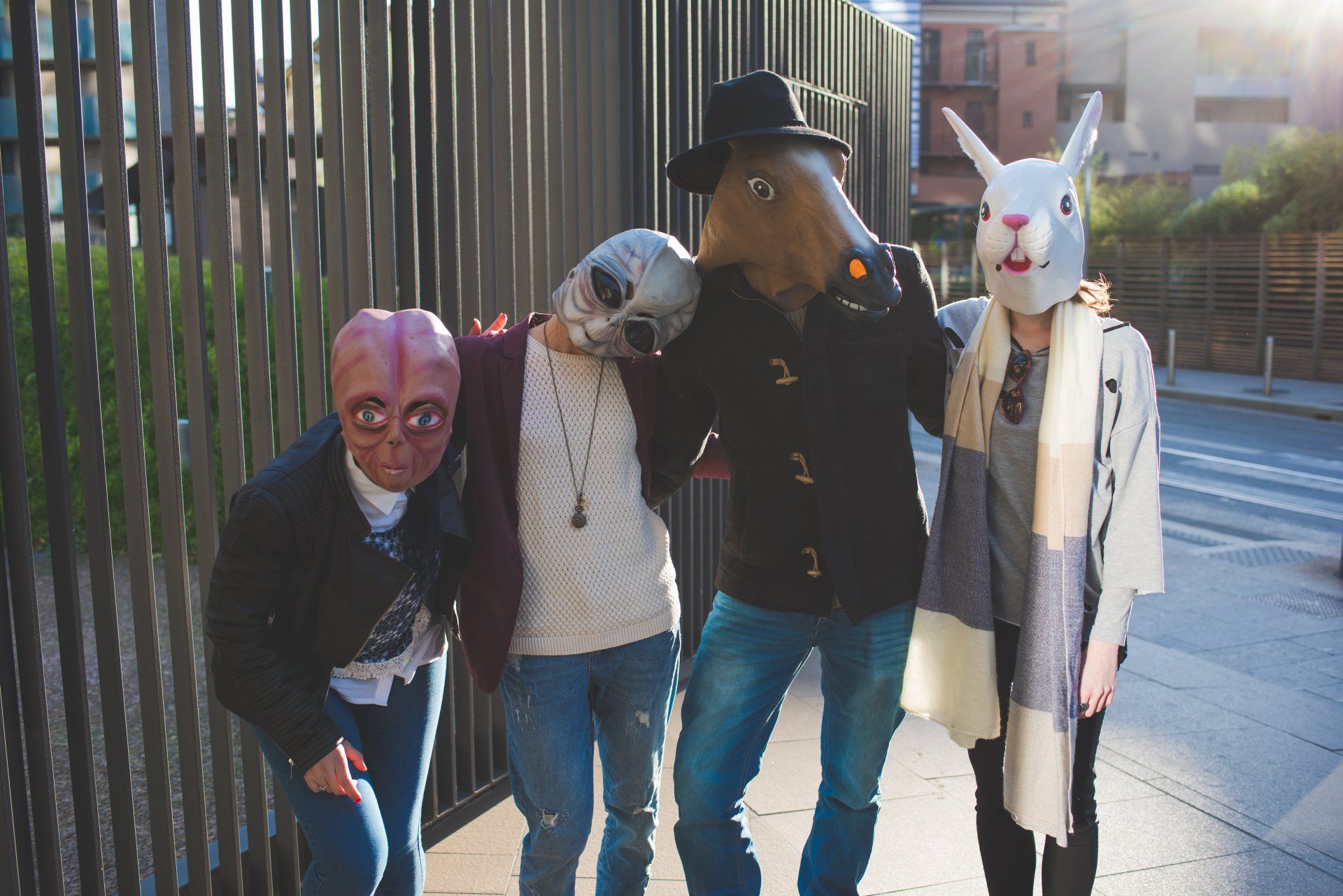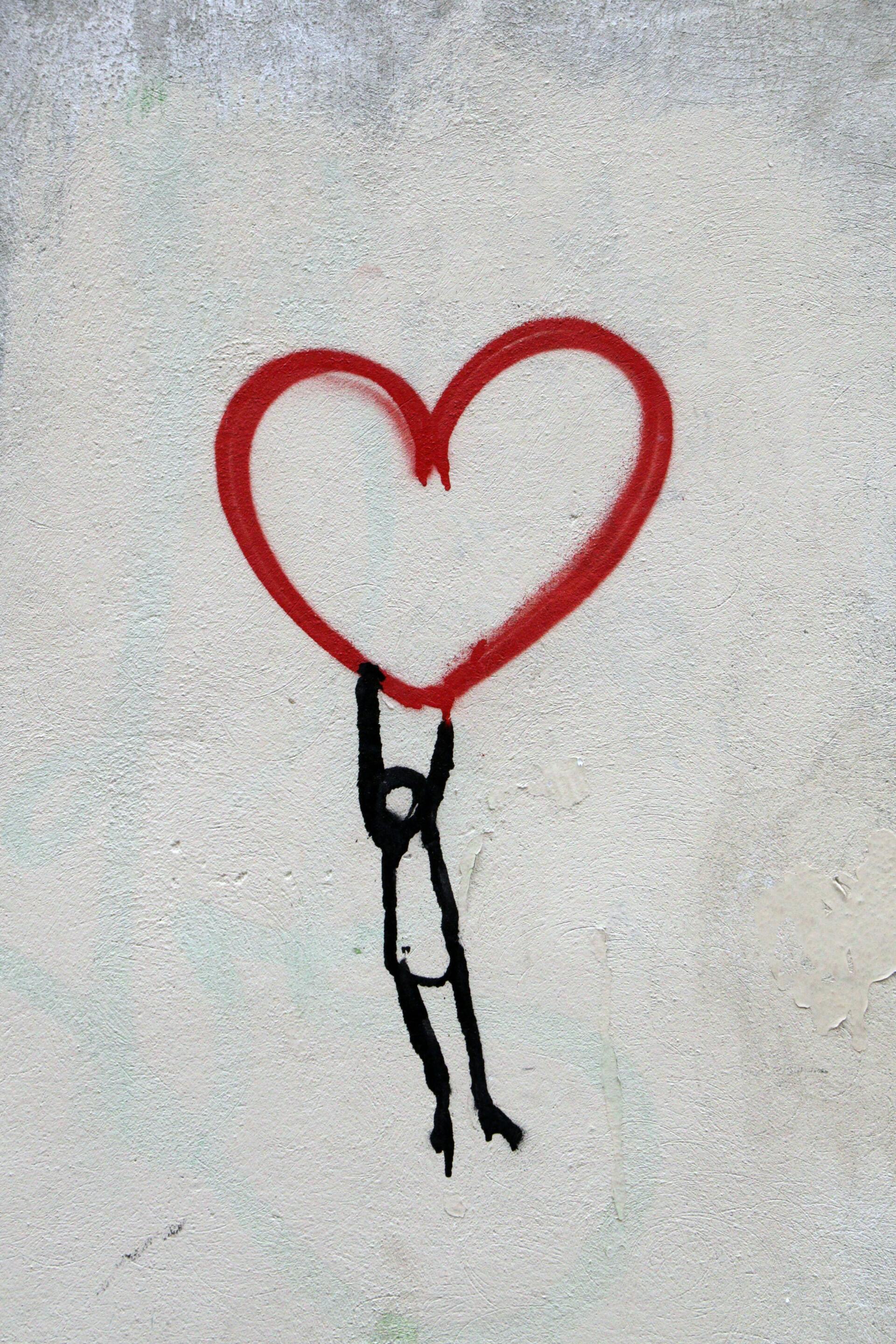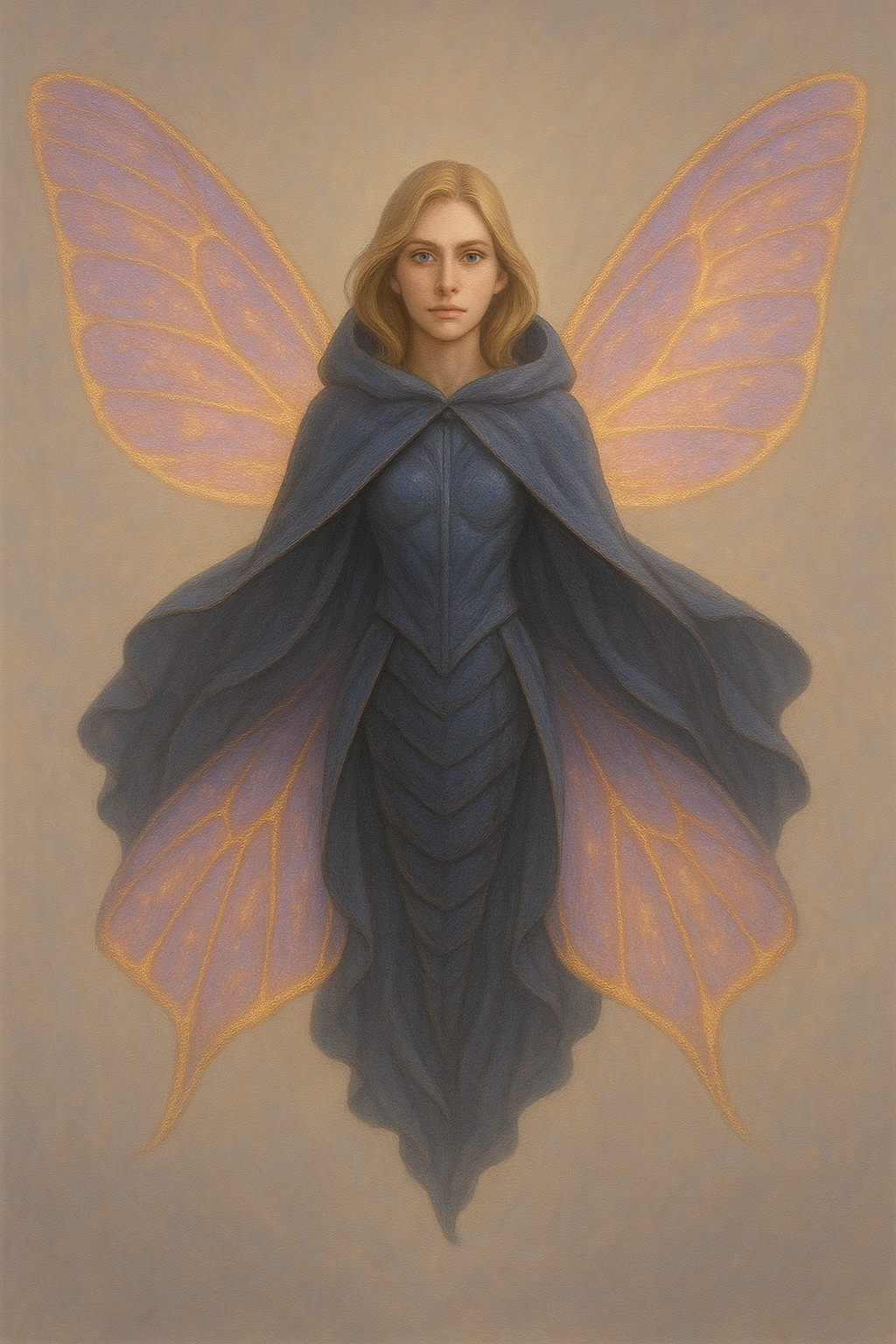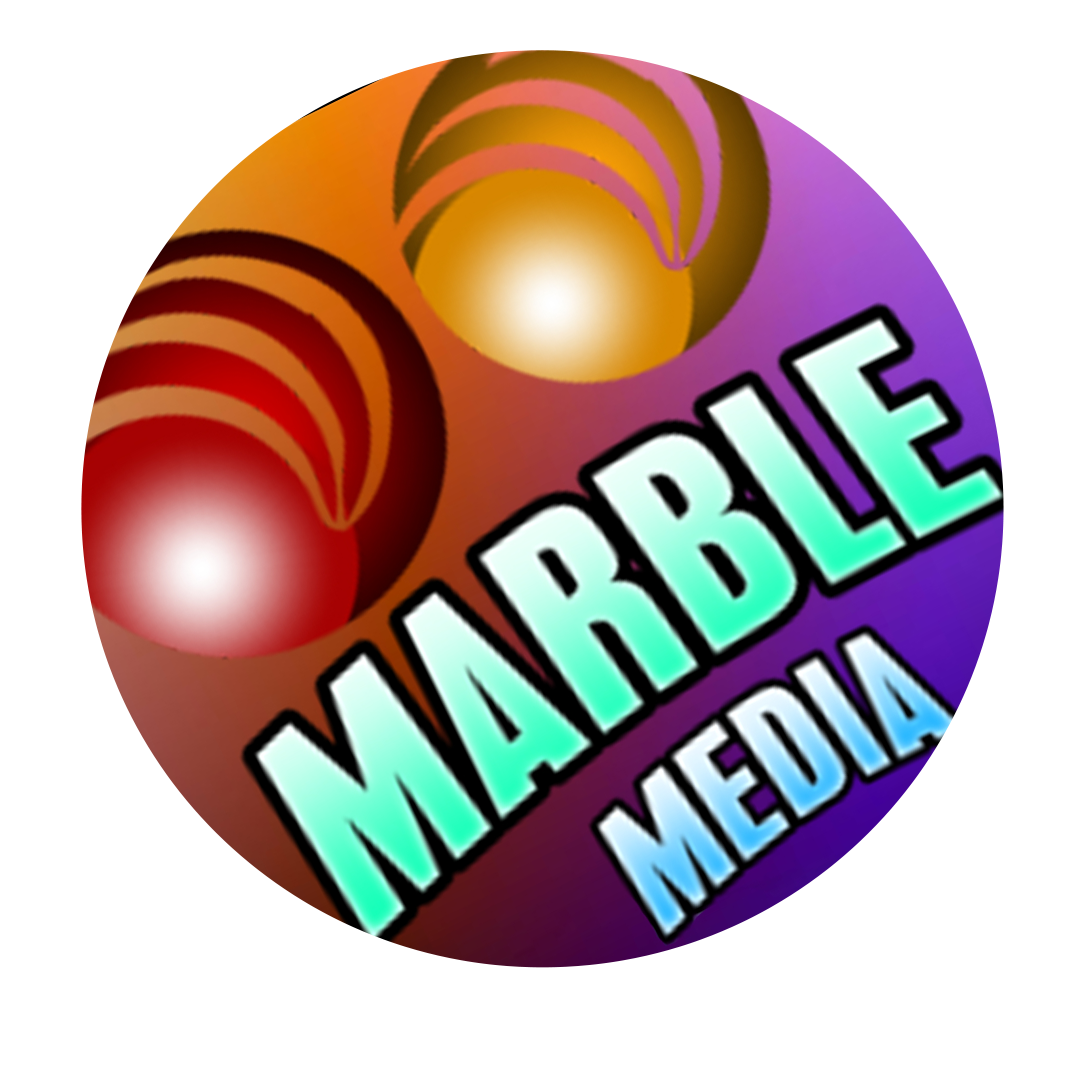The 8 Characters In Your Marketing Message
Use these 8 characters to corral your objective.
A 4DStory can be a cast of characters or just one, that have a backstory and a destination planned out by the 4D Studio responsible for their existence. Those characters are then turned loose on social media to emote and share their experiences, interests, hopes and dreams in alignment with that character’s story.
Just like in real life, these characters can tell their stories across multiple social media platforms, tout a web page that further substantiates their purpose, and produce live events that get recorded, shared, live-streamed, etc. The more realistic and true to their story, the more influential they will be.
By designing each character as a 4D Character, you’re able to create a sense of magnetism with their persona’s, attracting like-minded followers and probably a few antagonistic ones as well.
By structuring your Content around the 8 character model described in the book “KINETIC AVATARS” you can further dissect your Content’s influence.
Let’s take a brief look at these 8 characters...
We have eight characters that are situated in what looks like the line up of a backyard game of football.
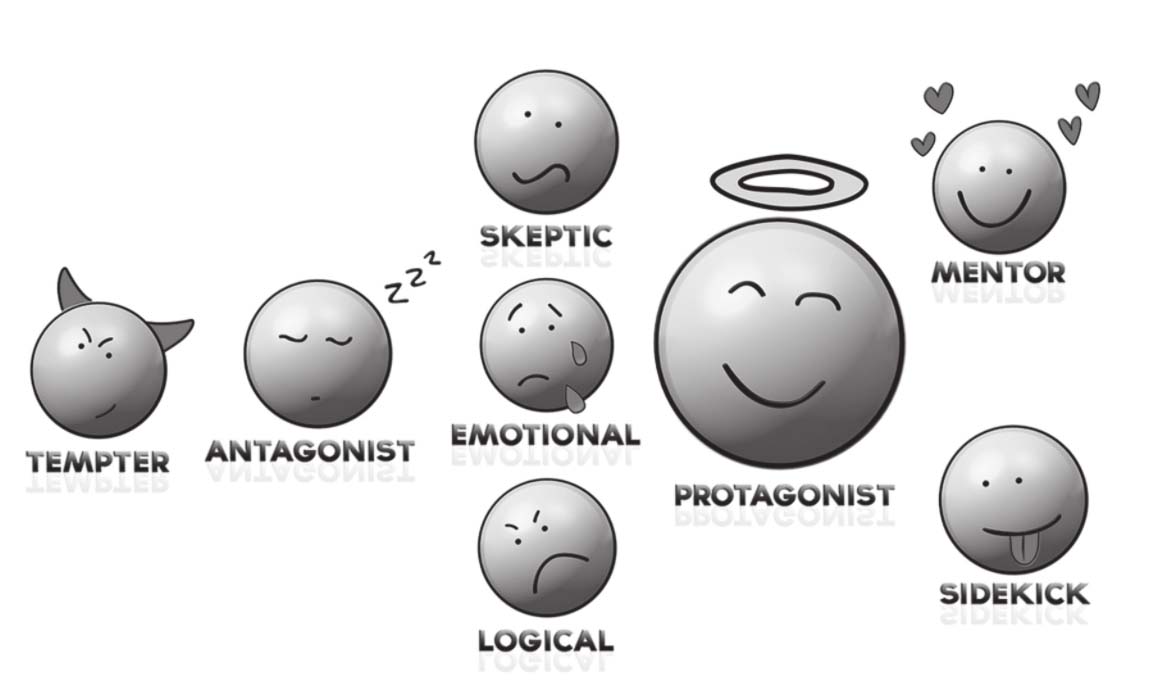
The Protagonist—our customer or potential customer—is the most prominent character, represented as the largest of the drawn images of the eight characters in the model.
On one side of our model is the Protagonist with two characters, the Mentor and Sidekick.
On the opposite side of the model are the Antagonist and Tempter. Between them, looking like linemen on a football team, are the objectors: Skeptical, Emotional, and Logical.
The goal of the model is to get the Antagonist to stop fighting against you by removing the 3 characters that influence him: Skeptical, Emotional, and Logical.
This will allow Mentor and Sidekick to get together and become one. When Mentor and Sidekick get together, they support the Protagonist and become part of his voice.
On the Protagonist side of the arrangement, the Mentor and Sidekick’s goals are aligned with the Protagonist much in the same way the Tempter, Skeptical, Emotional, and Logical are aligned with the Antagonist.
The Tempter is a factor in this model, but not always. If we retreat to the football analogy, we can view the Tempter as a running back whose job is to carry the ball, but only when it’s handed to him by the Antagonist.
This is the framework of our eight character approach to telling a story and how we view the motivation of each piece of content we make. By analyzing the responses we are getting from content published under each character’s position in the model, we are able to determine what we need to do to either disempower Skeptical, Emotional, or Logical or rebuild them.
Why would we rebuild them? Because we need to keep the story pulsating, moving, transforming, and breathing like a live organism.
Unlike the storyline in a book and more like a soap-opera, the plot can never come to a finale. Resolution isn’t really part of the scenario. In fact, we could consistently produce conflict and be just fine. Although I do suggest keeping your finger on the pulse, so to speak, to ensure your fans enjoy the ride.



